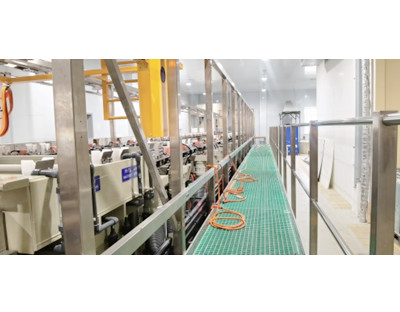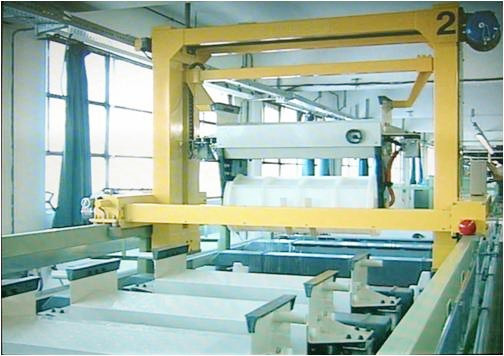Nowadays, the proportion of electroplating of sanitary ware in electroplating production is also growing. Bathroom parts usually use copper alloy, zinc alloy and aluminum alloy as the base materials, and have a certain electroplating production process. Various faults are often encountered in the electroplating production process. The author talks about some experiences about the failure of copper alloy sanitary ware.
1. Burrs
Reason:
There are mechanical particles in the plating solution and they are co deposited with the coating. It comes from the dust brought in by compressed air and the sand particles of sand turning parts are not cleaned up and brought into the plating solution. In addition, the pH value of the plating solution is too high, and the formed nickel hydroxide is co deposited with the nickel layer, which is mixed in the nickel layer.
processing method
(1) The sand and copper castings will be naturally separated when the sand turned parts are baked in a 350 ℃ oven. This will reduce the amount of sand brought in.
(2) The water inlet and outlet of the filter shall be changed, that is, the water inlet pipe and the water outlet pipe are at the same place, and the height difference between the two pipes is 10cm~15cm, so that the sand particles can be completely filtered.
(3) The Roots three blade blowing and suction air pump shall be cleaned frequently, and the filter element shall be replaced. It is better to wrap the filter element with cloth for cleaning. A set of purification device shall be installed for the air compressor.
(4) The pH value of nickel plating solution shall be controlled within the specified process range to ensure normal nickel deposition.
2. Piebald
Reason:
(1) The impurities in the plating solution are replaced on the copper plating layer. As long as the workpieces (sanitary ware pieces) of an electroplating factory touch the positive plate bag, they will leave speckles on the workpieces. Then, it is invalid to filter the plating solution with activated carbon. However, the author found that the anode bag was very yellow, indicating that there were impurities on the anode bag. When the copper plated workpiece touched, the impurities were adsorbed on the workpiece, leaving speckles, and the metal impurities could not be removed with activated carbon.
(2) The plating solution lacks wetting agent. Conventional addition is not enough. Some carbon cores are used to filter the plating solution. Because the carbon cores are easy to absorb some wetting agents, the wetting agents in the plating solution are reduced.
processing method
(1) This phenomenon does not occur only when the plating solution is heavily treated, the anode bag is replaced, the plating solution is filtered, and then electroplating is carried out.
(2) Add sodium dodecyl sulfate to the process range. In addition, electroplating manufacturers generally adopt two methods at present: first, power off when entering the nickel plating bath, and then power on after entering. Second, take it out after entering the nickel plating bath, wipe it with a clean cloth, and then enter the nickel plating bath after wiping. In this way, the plated workpiece will not have speckles.
3. Pitting
Reason:
At present, the degreasing powder used for pretreatment by electroplating manufacturers contains sodium silicate. If no hot water is used for washing and no measures are taken, sodium silicate is difficult to clean. Sodium silicate is activated by hydrochloric acid to generate silicic acid. In the pre copper plating process, the acid and alkali neutralize to generate new salts, which remain on the coating to form dense pits. Therefore, this kind of pockmark will not appear in the rough nickel plating if it is not cleaned. Because nickel plating is an acid bath, no acid base reaction will occur.
processing method
After degreasing, add a hot water washing process or soak HF to eliminate SiF4.
4. Watermarks
Reason:
The cracks left by the metal shrinkage when the sanitary ware is cooled by the sand. It is difficult to find out before plating, and only appears after plating.
processing method
For such cracked sanitary ware, ultrasonic cleaning is not allowed before electroplating, but manual degreasing is required, so the cracks will not expand. Copper should be plated thicker, polished after plating, and then plated with copper/nickel/chromium. In this way, the cracks can be eliminated. In addition, during the casting process, rare earth elements are added to the molten copper water to increase the fluidity of the copper water and reduce the cracks of the sanitary ware.





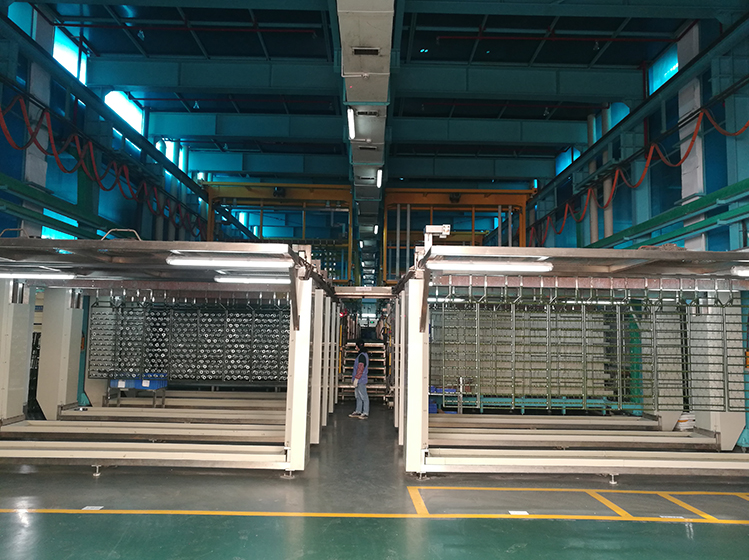
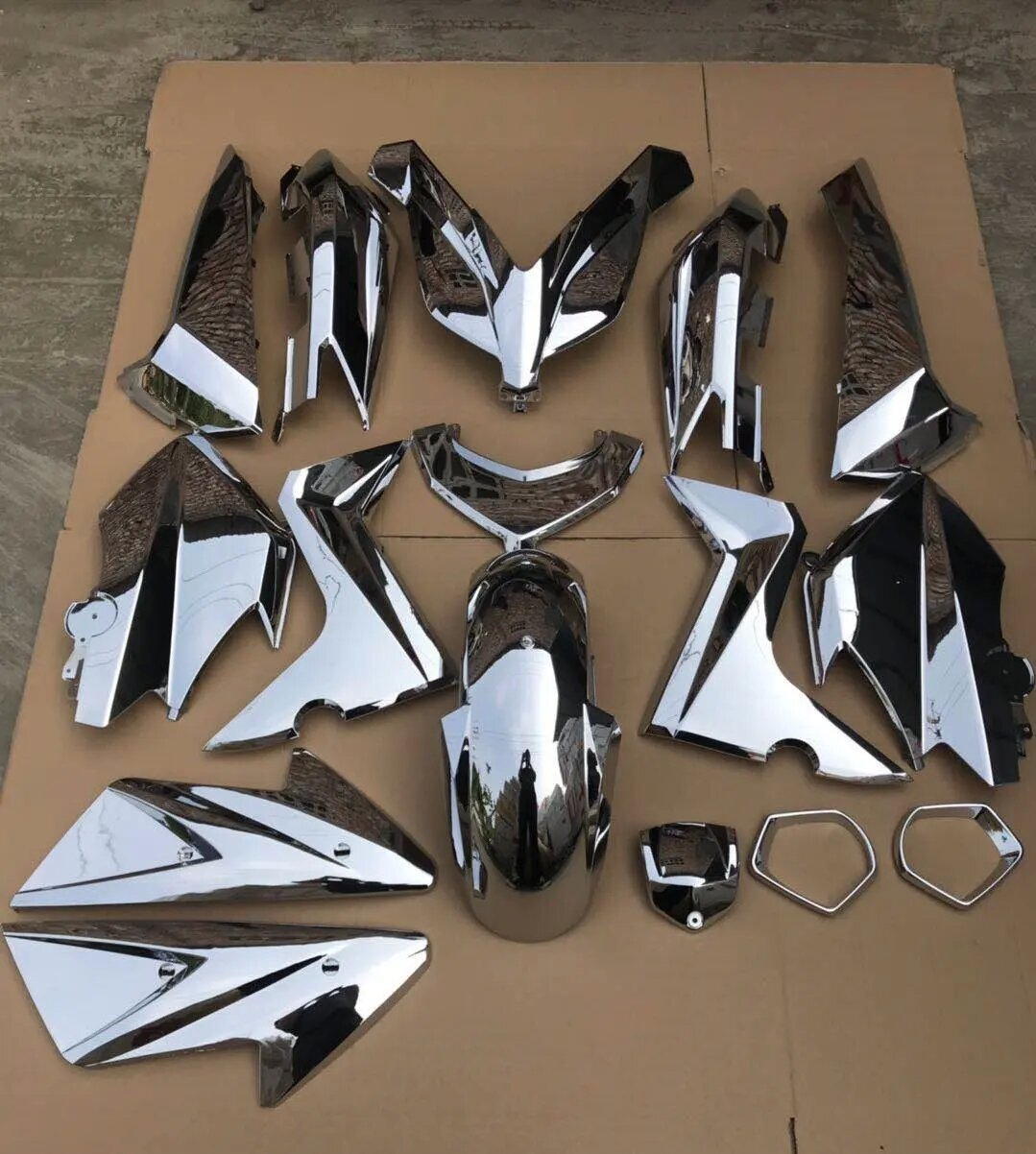
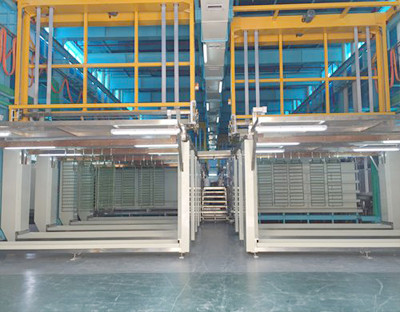
 Jul. 17, 2020
Jul. 17, 2020 